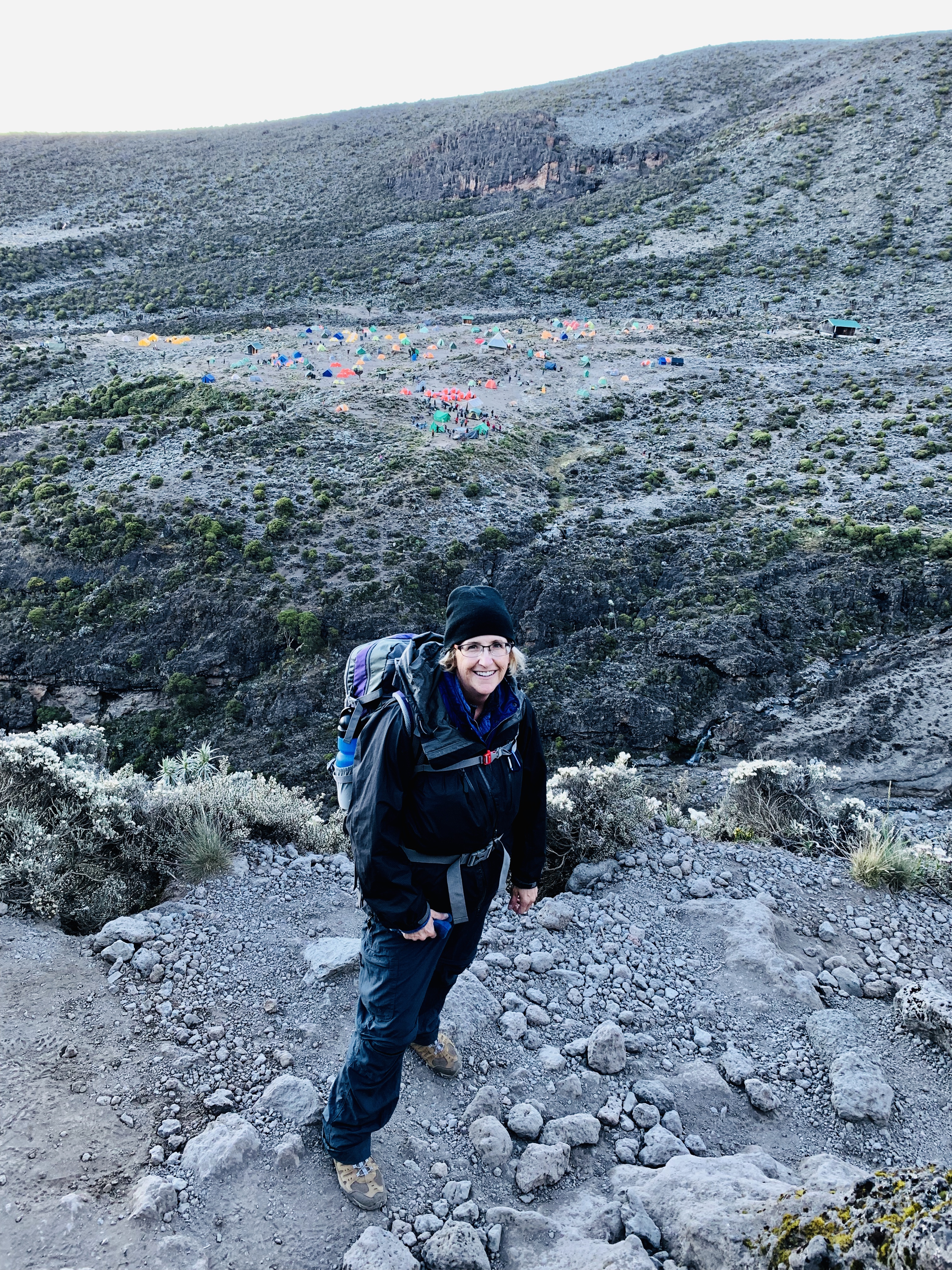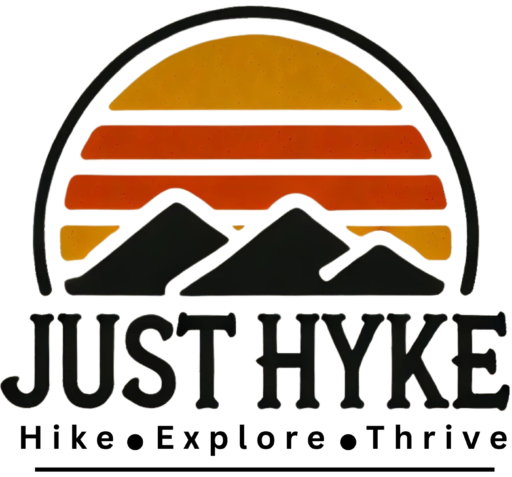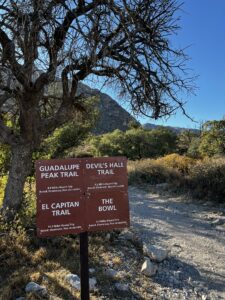
When I’m preparing for a hike there are many factors I consider. Clothing, food, accommodations, transportation are just a few. In addition to the logistics I also look at the terrain. What will the elevation gains and losses be. Although you cannot prepare for every challenge you may meet on the hiking trail it does help to increase your hiking strength so feel the confidence to attempt a new hike. Consider following this training plan and it will help you reach your next trailhead. Are you dreaming to do a 14er in Colorado, a trek to Kilimanjaro or Machu Picchu or just to do a few local day trips this plan can help you.
The ultimate goal of this training plan is to help you build the confidence to start planning your next hiking adventure. Remember to always listen to your body. If you’re not feeling up to the training suggested then don’t do it. Don’t push yourself toward injury. You can always add in extra rest days and slow down the pace. Allow yourself time to build your strength. We are all starting at different levels of fitness and physical abilities and it’s important to set your own pace. Same is true on the hiking trails. Listen to your body and know your limits.
I’ve been on hikes where I’ve seen people who have had to dig deep and gather all the strength they had just to get back to the trailhead and the comfort of their vehicle. It’s not a good feeling. Getting yourself into a situation like that can be dangerous. Personally I want to feel confident I can do the distance I set out to do and that is why I train to increase my strength.
This plan is intended for beginner to intermediate hikers. Depending your current fitness level you may need to make adjustments and modify where needed. Your first goal is to build up to get your step count to regularly reach 10,000 steps day. If your already there that’s great!
This is the training plan I follow when I’m getting ready for a challenging hike or any event with a 10 mile distance. Count the weeks leading up to your planned hiking day and start your training! I always get a little excited when I start a training plan and I’m excited to share this with you. When I have an event with a longer distance then I adjust the miles by increasing the long days to become more in line with what the total distance is. Use what you like from the plan, switch around what you need to and adjust when needed.
Melanie’s 10 Mile Training Plan
| Monday | Tuesday | Wednesday | Thursday | Friday | Saturday | Sunday | |
| week 1 | 30 minutes Resistance Training | 2-3 miles | 30 minutes Resistance Training | 20 minutes Cross Train | 20 minutes Hill/Leg work | 2-3 miles | Rest (10,000 steps) |
| week 2 | 30 minutes Resistance Training | 2-3 miles | 30 minutes Resistance Training | 20 minutes Cross Train | 20 minutes Hill/Leg work | 2-3 miles | Rest (10,000 steps) |
| week 3 | 30 minutes Resistance Training | 2-3 miles | 30 minutes Resistance Training | 30 minutes Cross Train | 20 minutes Hill/Leg work | 2-3 miles | Rest (10,000 steps) |
| week 4 | 30 minutes Resistance Training | 3-4 miles | 30 minutes Resistance Training | 30 minutes Cross Train | 30 minutes Hill/Leg work | 5 miles (with daypack) | Rest (10,000 steps) |
| week 5 | 30 minutes Resistance Training | 3-4 miles | 30 minutes Resistance Training | 30 minutes Cross Train | 30 minutes Hill/Leg work | 7 miles (with daypack) | Rest (10,000 steps) |
| week 6 | 30 minutes Resistance Training | 2-3 miles | 30 minutes Resistance Training | 30 minutes Cross Train | 20 minutes Hill/Leg work | 8 miles (with daypack) | Rest (10,000 steps) |
| week 7 | 30 minutes Resistance Training | 5-6 miles | Rest (10,000 steps) | 20 minutes Cross Train | 30 minutes Hill/Leg work | 5 miles (with daypack) | Rest (10,000 steps) |
| week 8 | Rest (10,000 steps) | 3-4 miles | Rest (10,000 steps) | 30 minutes Cross Train | Rest (10,000 steps) | EVENT | Rest (10,000 steps) |
Cross Training
You may be asking what type of activities count as cross training. Cross training is anything that keeps your body moving for 20-40 minutes. Here are just a few ideas but you do something that you enjoy. Dance to the oldies if it makes you feel good. Other cross training options are be yoga, swimming, resistance training, basketball, tennis and water aerobics just to name a few.
Resistance training
Resistance training could be weight lifting, water resistance or resistance band workout. I use MyCurves on Demand when I’m at home and I workout in a club too. Pick something that’s convenient for you to do on a regular basis. With any workout routine consistency is important for success.
Hill/Leg Work
In my training plans I always incorporate hill repeats and leg work. I live in an area where the ground is very flat and I don’t have a lot of hills nearby. Therefore I have to specifically look for hill training options. If you live in an area where you to go up and down hills regularly then you may not have to add this in as you may be doing this on hikes and walks already. If that is the case then do a regular walk/hike that day and include your normal hill into your route. I have looked around my area and have found stairs at a parking garage that is open to the public and use that once a week for 6 weeks. I have also gone to the local high school and used the bleachers. This is the method I use for increasing my leg strength. The goal of these leg workouts is to help me get up hills and mountains. The ultimate reward is having that grand view on a mountain top or finishing a hike feeling good and strong. I’ve been on hikes where I had to dig deep and gather all the strength I had just to get back to the trailhead. It’s not a good feeling. Getting yourself into a situation like that is dangerous. I want to feel confident I can do the distance I set out to do and that is why I train to increase my strength.
The first time I went to hike the bleachers at my local high school I was training for Kilimanjaro. I hiked up and down the same set of stairs over and over until my legs were giggly and vibrating from exhaustion. I really don’t recommend this method. I could barely walk for three days afterwards. Slowly build your strength. Allow your muscles time to rest and recover and then give it a little push again. This is why also I recommend doing hills or stair work in 6 week intervals. The method allows time for your body to rest and recover. Find a hill or stairs that have a grade that is challenging to you and that will take 4-6 minutes to reach the top. Walk up the hill and turn around and go down. That is one repeat. Add a 5-7 minute walk between repeats to help your muscles recover and then repeat the hill or stairs again. Depending on how long or steep the hill is you will repeat the up and down a few times. I use time to determine how long I’m out there. I usually start with 20 minutes and build up to 40-60 minutes. Always start and finish with a 5-10 minute warm up and cool down walk this will help your body recover.
Leg work
If you are not able to get to a hill, parking garage or stadium bleachers you can still target the legs. Consider doing 5 sets of 10 reps of squats and lunges these can be split up during your day at work or can be done all at one time. It’s your choice. The stronger your legs are the better you will be at reaching your goal. A friend of mine has a desk job and also loves to hike and train for events. When she is at work she will write on a post it note 10×10 and the words lunge, squat and wall sit. These words represent. 10 Lunges, 10 Squats and 10 one minute wall sits. Throughout the day she will look at the post it note and be inspired to do these strengthening exercises. Building in physical activity throughout your work day helps spread out your training. If you can’t do all 10 lunges at one time. Start with 5 and repeat that 10 times throughout the day. Repeat the same method with the squats and wall sit. Ready to try it? How far will you get? Grab a post it note and write 10×10 and write at the top of the three columns squat, lunge and wall sit. OK let’s do it.
Posture and alignment
Without being in front of you it’s impossible for me to see your form. As a good rule regularly remind yourself to keep your back straight and don’t let yourself hunch over . Posture up and stop slouching as grandma would say and keep a steady breath. If you find yourself getting winded slow down and allow your body some time to recover and straighten up that posture. Did you feel yourself sit up a little taller as you read those words? I know I just did.
Whatever your hiking event is and if your like me I know you want to be healthy when the big day comes. Remember to do what you can and listen to your body. If it’s telling you to take some time and rest then do that. You want to make it to the trailhead and have an amazing adventure.
Rest and Nutrition
Set yourself up for success get the proper rest and nutrition. I call it fuel for your body. Your body can usually handle a little bit of junk but the majority of your food should be good nutritious food. I think we can all agree added sugars and high sodium in processed and fast foods have negative effects on our bodies. I eat simple nutritious food that is high in protein, healthy fats and whole grains. Sleep is important piece of any good training plan. I tend to function best on 7-8 hours a night of sleep. An occasional sleepless night is ok but the majority of nights I’m in bed early.
Plan your fuel before, during and after your hike. Hydration is key to a successful hike. Your attitude and morale can quickly go south if you run out of water. Pre hydration is exactly what it sounds like. Drink plenty of fluids the days leading up to the hike. On hiking days I plan for 16 oz of water for every 6-7 miles and that’s on flat terrain on a cool day. Hotter days and if there is a steep incline I plan for more water. When I climbed Guadalupe peak October 2020. On that hike I carried 90 oz of water and drank it all. I remember finishing the last drop and thinking, thank goodness we are almost back. The trek down took longer than anticipated. My partner developed huge blisters on her feet. She was a trouper. She never complained and just kept moving. When we got back to our vehicle and she took off her socks I was in shock. She never once let on she was in pain. A slow and steady pace got us back to the trailhead. But it was at the end of the day and I was out of snacks and water. Now that I look back I think it would have been wise to ration my water a bit more. I think having a bottle labeled for use as a backup reserve for the last 2 miles would of been beneficial.
I like to add in a hydration mix to replace the electrolytes you lose through sweating and exertion. It’s a good practice to experiment with different mixes or chews during your training days. The day of your hike is not the time to try something new. Not all mixes agree with everyone digestive system. I like to do the experimenting and try new products when I’m closer to home.
Practice with your gear. When I’m going on training hikes I will wear my backpack with some weight in it. During longer hikes typically I carry 60-90 oz of water. I’ve always felt is good practice to train with that load. When you add extra weight to your back pack your center of gravity get shifted and it effects your whole body differently.
Let me know how your hikes are going. I always love to hear about stories from the trails. Message me on messenger or send me an email [email protected] .
Good luck and have fun. Happy Trails!



